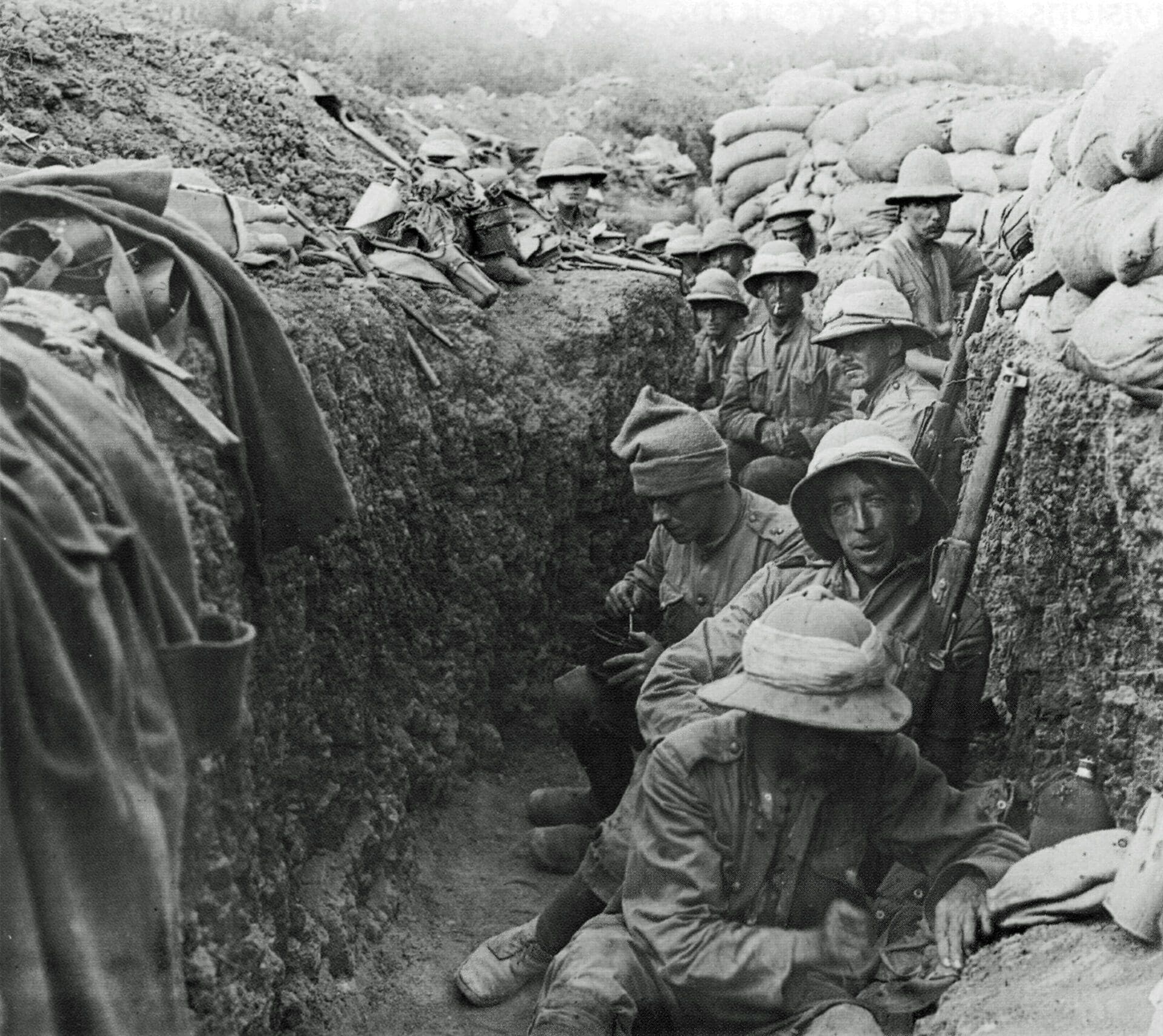When World War I broke out in 1914, it came as a surprise to Europe just like the Russo-Ukrainian war that started in February 2022. Before full transition to war production, the West was struggling with ammunition supply problems just as it is today, after ten months of the war in Ukraine.
A recurring topic in the public discussion of the war in Ukraine has been that the West was not prepared for a conflict involving such a large amount of military materiel. The munitions and weapons factories that used to supply large armies have already stopped working, and the plants producing the most modern weapons are typically low-volume manufacturing. Javelin missiles were already in short supply at the end of May. War materiel stored in NATO warehouses that was supposed to last several years was used up in a few months, and replacement is questionable.
Ukrainians fire as much artillery ammunition in two days as US munitions factories produce in a month
—and even so, they achieve only one-sixth or one-seventh the density of fire of the Russian artillery. In addition, the sword of Damocles is constantly hanging over the head of the West: if the Chinese wanted to, they could cut off the sale of some rare earth metals to the West at any time, thereby stopping the production of several high-tech weapons.
We may think that this whole situation has evolved as the result of baseless Western optimism after 1989. After all, it was then that the perception that no major land wars would be ever again fought in Europe became dominant, and the idea that in the future, attention should be paid only to reining in ‘rogue states’ and terrorist organisations. That is why there is no need to have so many heavy weapons, tanks, guns, and infantrymen, just a few high-tech units that could solve the challenges of smaller wars, the thinking went. On 24 February 2022, this thinking badly failed.
However, based on previous historical examples, it seems that it is not only the baseless optimism of the West that is to blame for the lack of preparation for this materiel-demanding war, but the real culprit is essentially the traditions of the Western social and economic system.
In a system based on free enterprise and individual freedoms, and there is simply no place for a state that prepares for a gigantic war even in peacetime. It is enough to look at the events of WWI. Before 1914, preparations for war were continuous, with great powers regarding conflict as a realistic possibility and were actively arming themselves at an ever-increasing rate. A common saying in England was, ‘The admirals wanted two battleships, the economists considered one realistic, so they finally agreed on three…’ Yet, the accumulation of artillery ammunition and war materiel simply did not happen even then. Another problem was that artillery weapons were still under development during that era. New explosives and metalworking procedures appeared every year, therefore it was not worth concentrating on a certain type of ammunition, as it was feared that by the time a large stock had been accumulated, it would become obsolete. Even supply chains were not secured, just like today. Until the war broke out, almost every country had been buying cordite, the basic component of gunpowder, from Germany. So obviously completely new sources had to be obtained afterwards.
In 1917, English children were already collecting horse chestnuts to distil acetone from them, to be used as raw material for cordite.
Artillery became an even more essential weapon during WWI than it was previously thought it would. After the great manoeuvring battles of the beginning of the war were over by the end of 1914, and a trench warfare developed, therefore the main tactical element became the softening up of the enemy’s trenches—as it is happening on the Ukrainian front today. However, this required a large number of artillery troops. Today, due to the strength of air defence, the air forces of the two sides have little role—back then, there were simply very few and very weak aircraft available, and even the most serious bombs were at most the size of hand grenades. Thus, everyone resorted to artillery in 1914 and in 2022, too. In addition to having too few shells, the warring parties also had to realize that even those few shells were largely unsuitable. While shrapnel shells loaded with bullets were designed for open combat and stockpiled in large quantities by artillery corps, attacks on trenches and dug-outs required high-explosive shells. Thus, at first, the warring parties had to fire not only with little but also with unsuitable ammunition.
During WWI, the ammunition supply of the artillery thus reached a crisis point very quickly. The French army had to introduce restrictions after just six weeks, and by the spring of 1915, the situation had become so dire that even the British government fell as a result of the growing scandal. According to later analyses, in May 1915 the British army was defeated in the battle of Auberges also because their artillery was simply not able to destroy the defence system of the German positions.
Consequently, ammunition manufacturing had to be upped during the war. As a result by July 1916 the British army was able to fire 800,000 shells at the enemy in one month.
All in all, Europe woke up quickly and the industrial capacity of the West, in the end, won the Great War by 1918. England, France and even the US had mobilized an enormous labour force, including women, and huge sums of money. A similar effort is needed today; the question is where the West will draw the line when it comes to feeding the insatiable Ukrainian war machine.
Click here to read the original article
Related Articles







